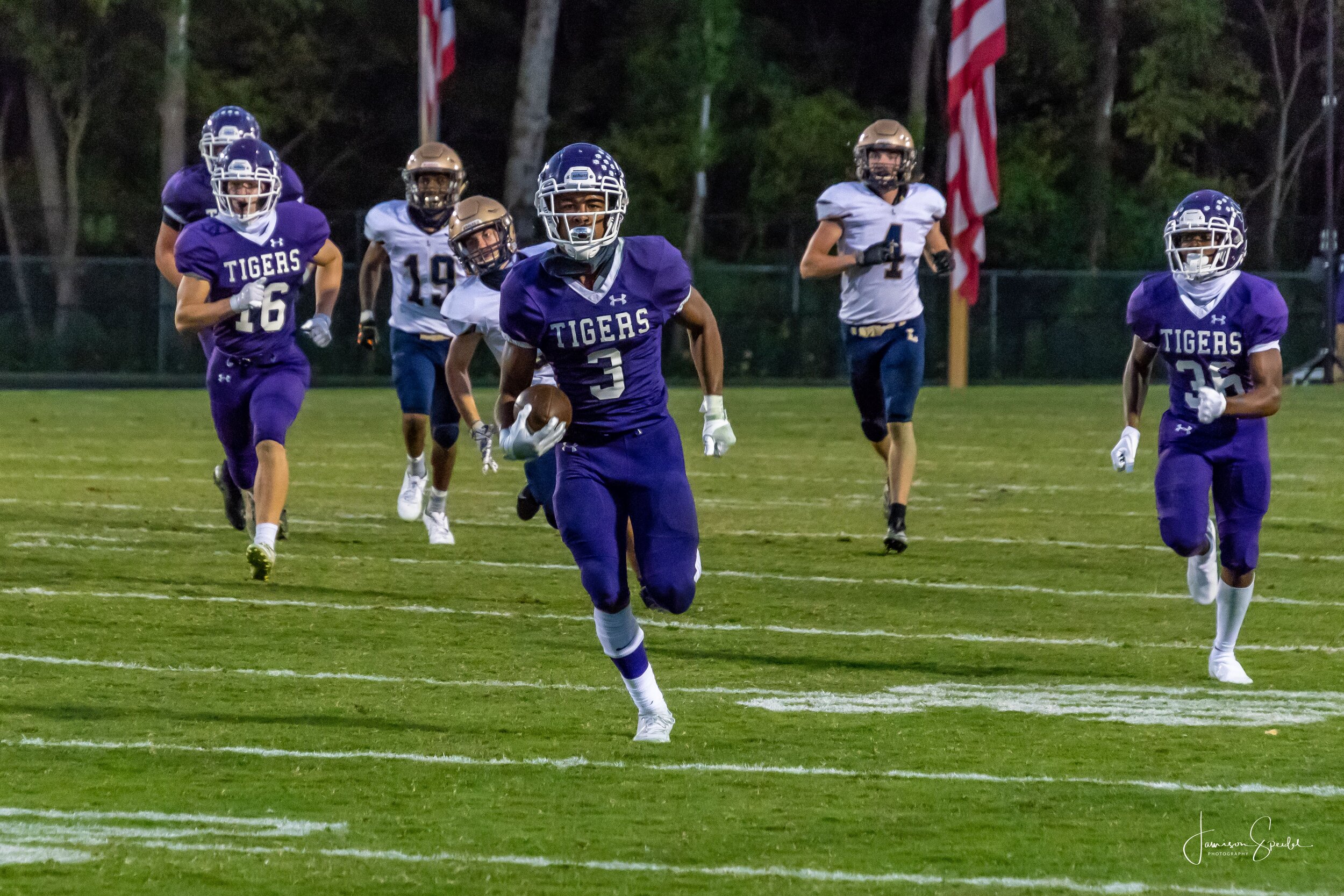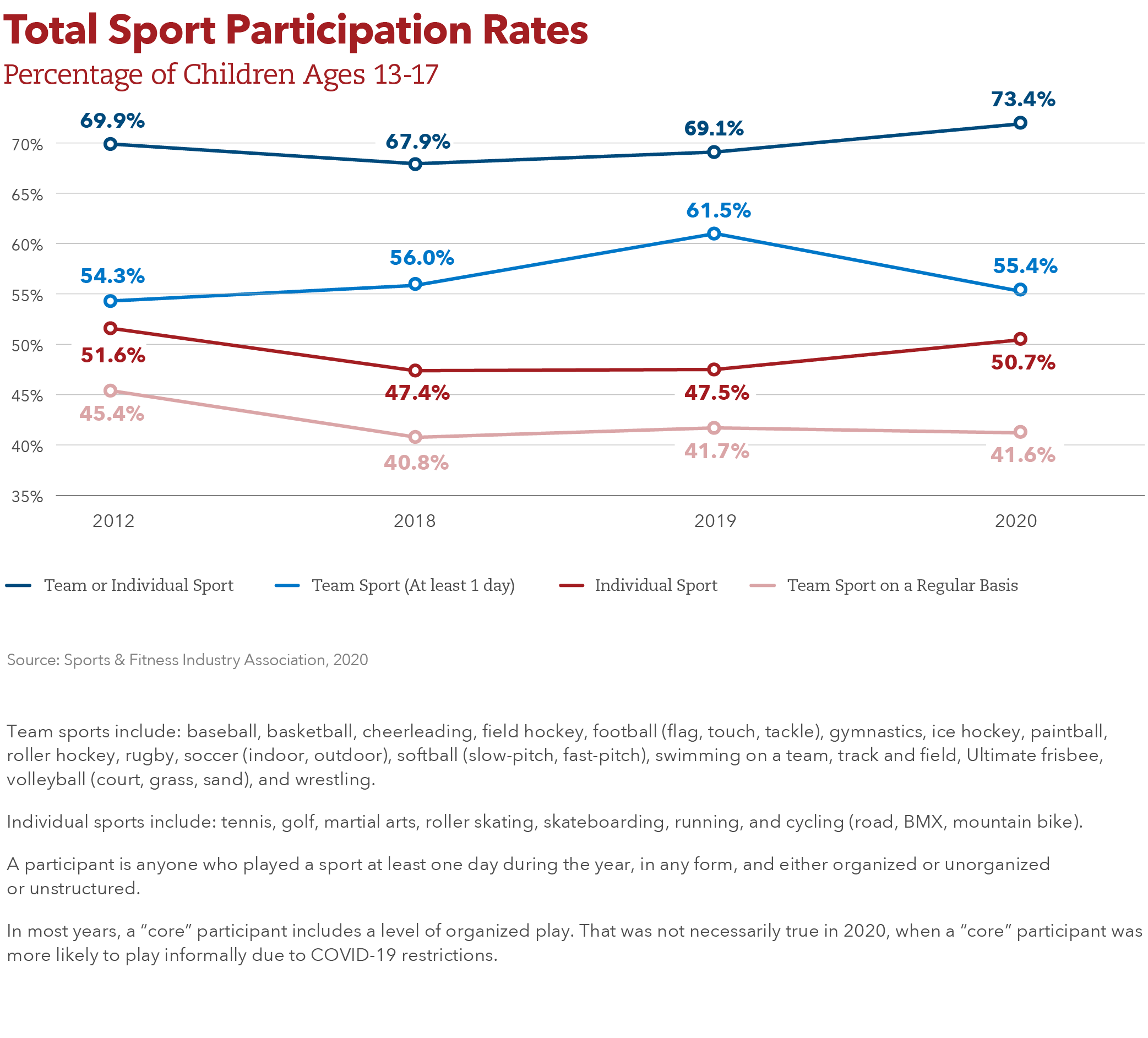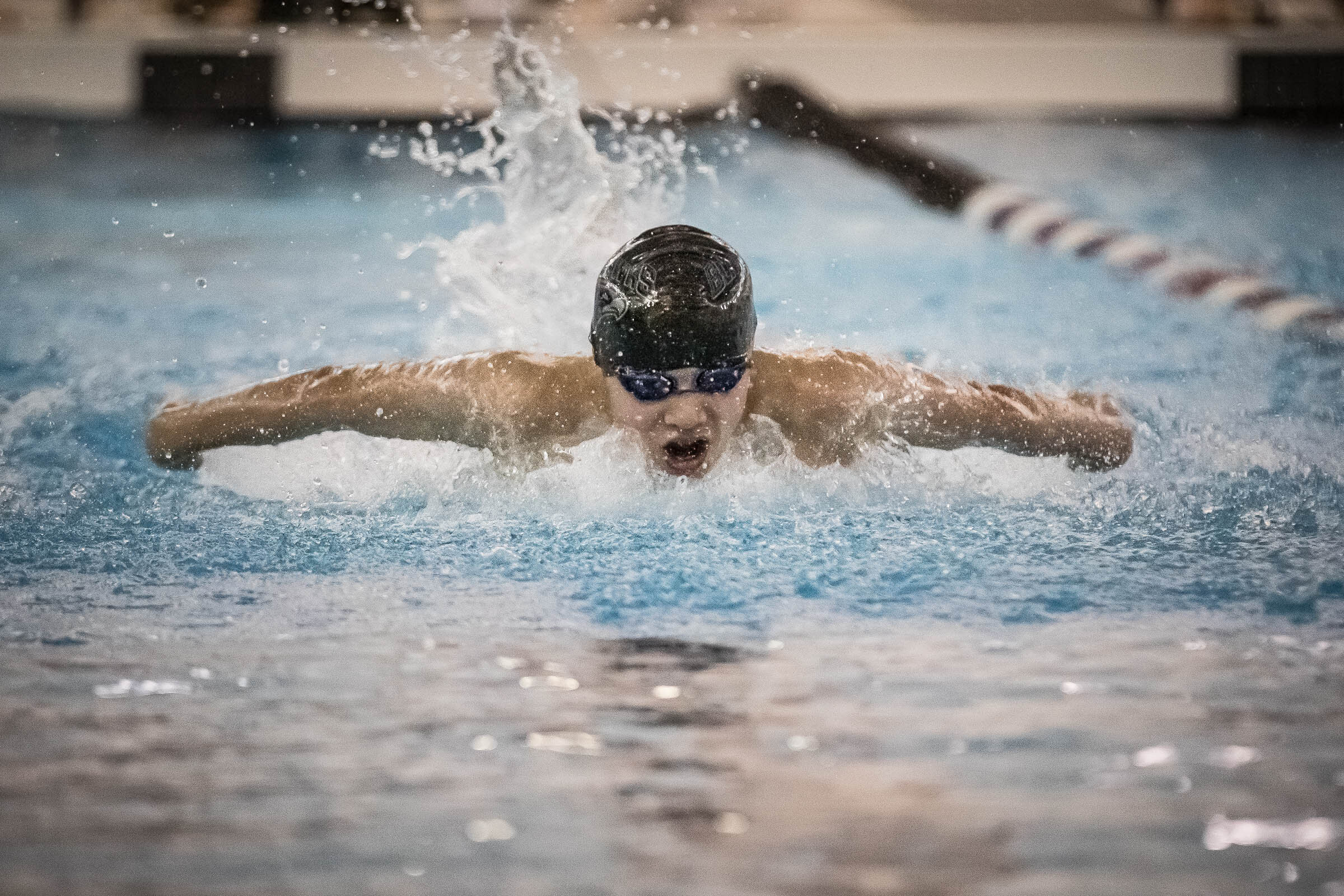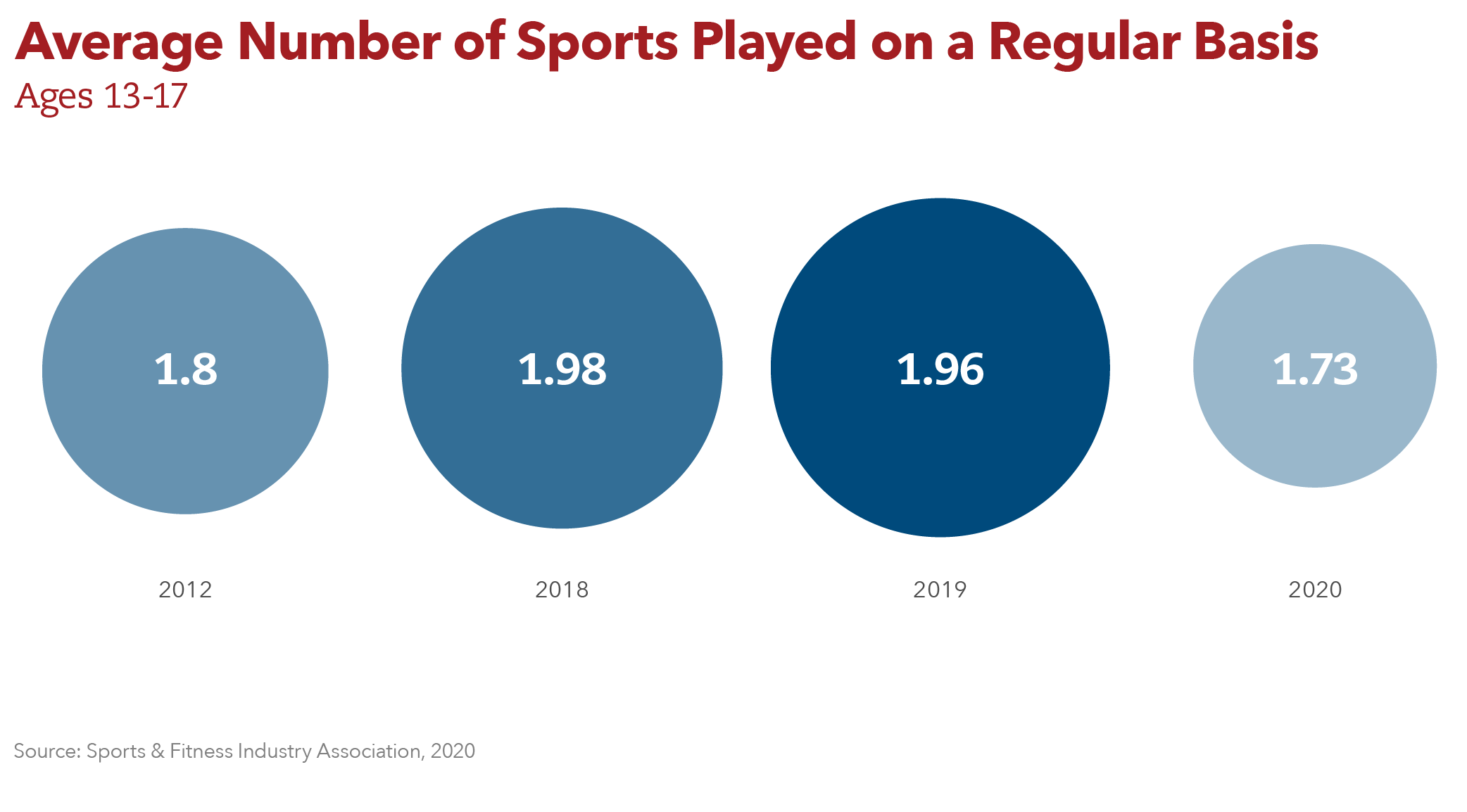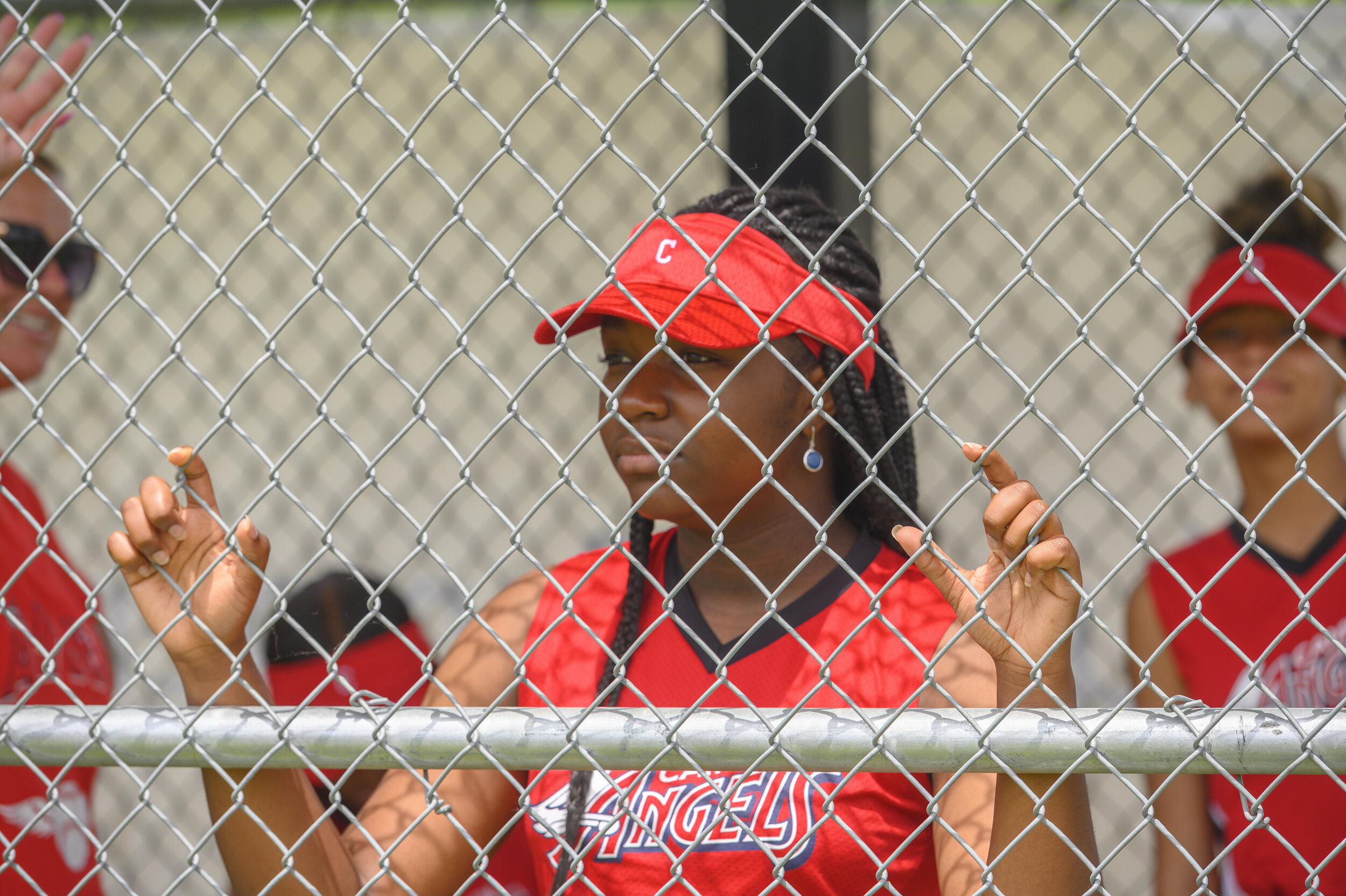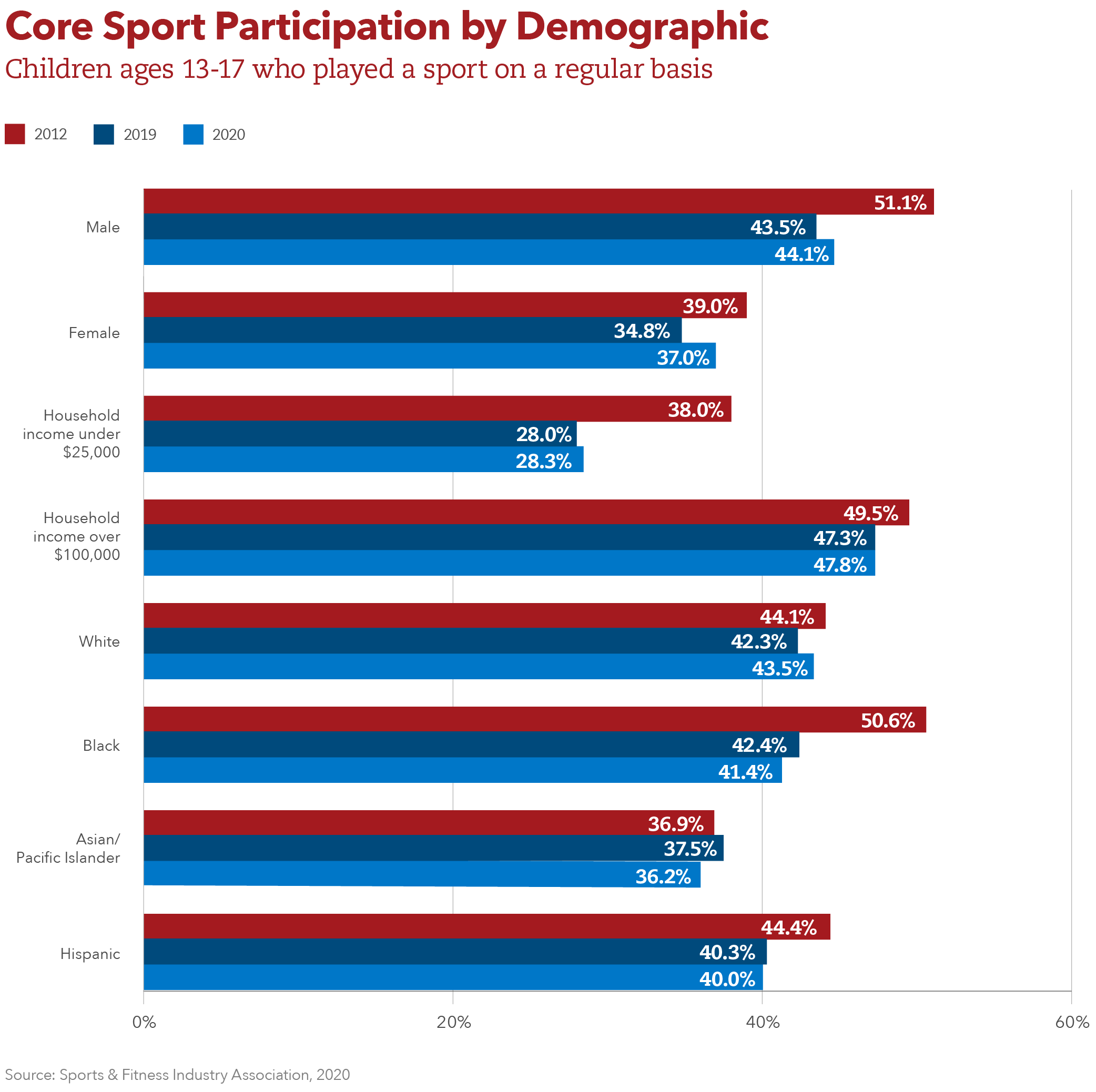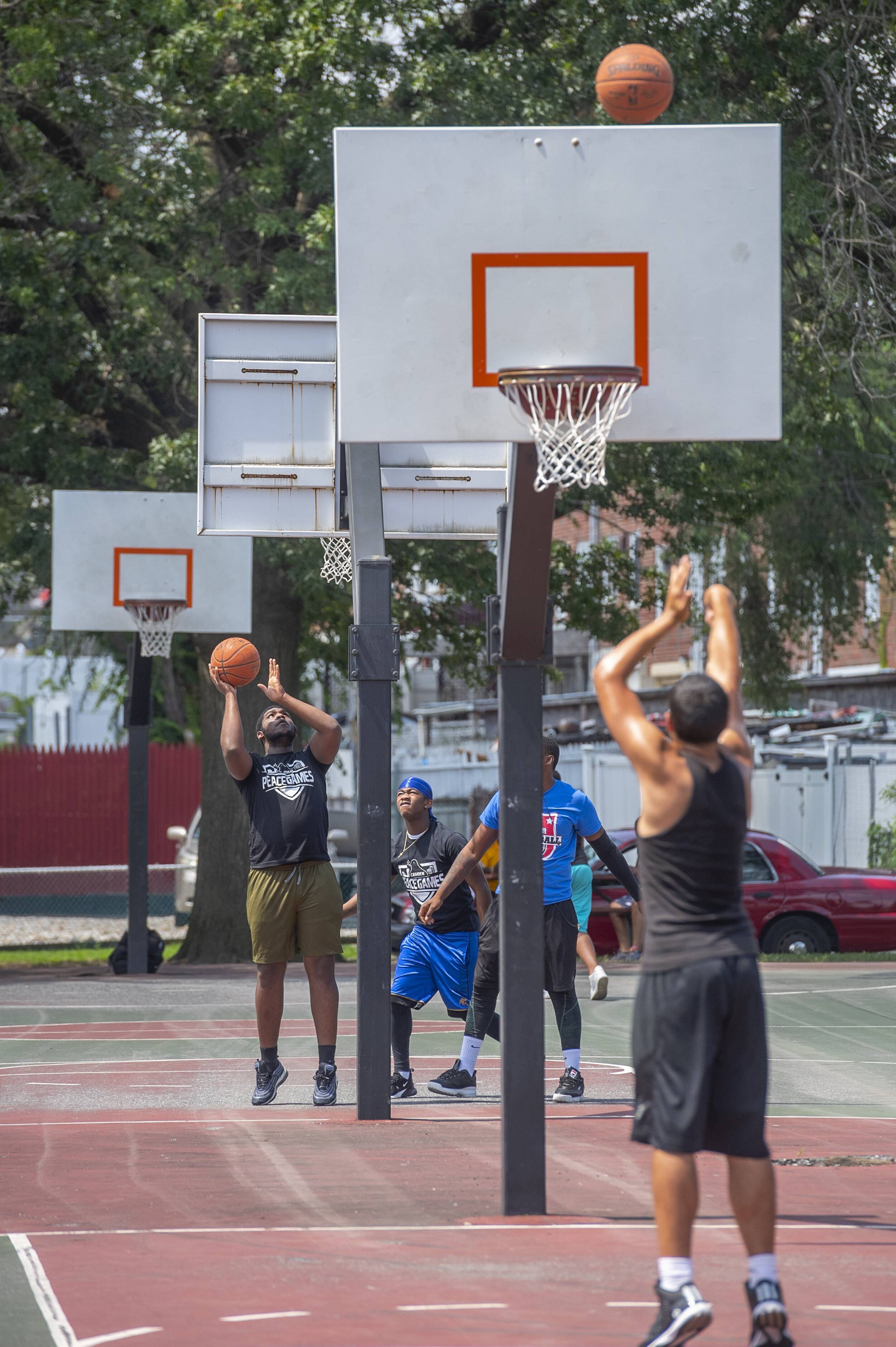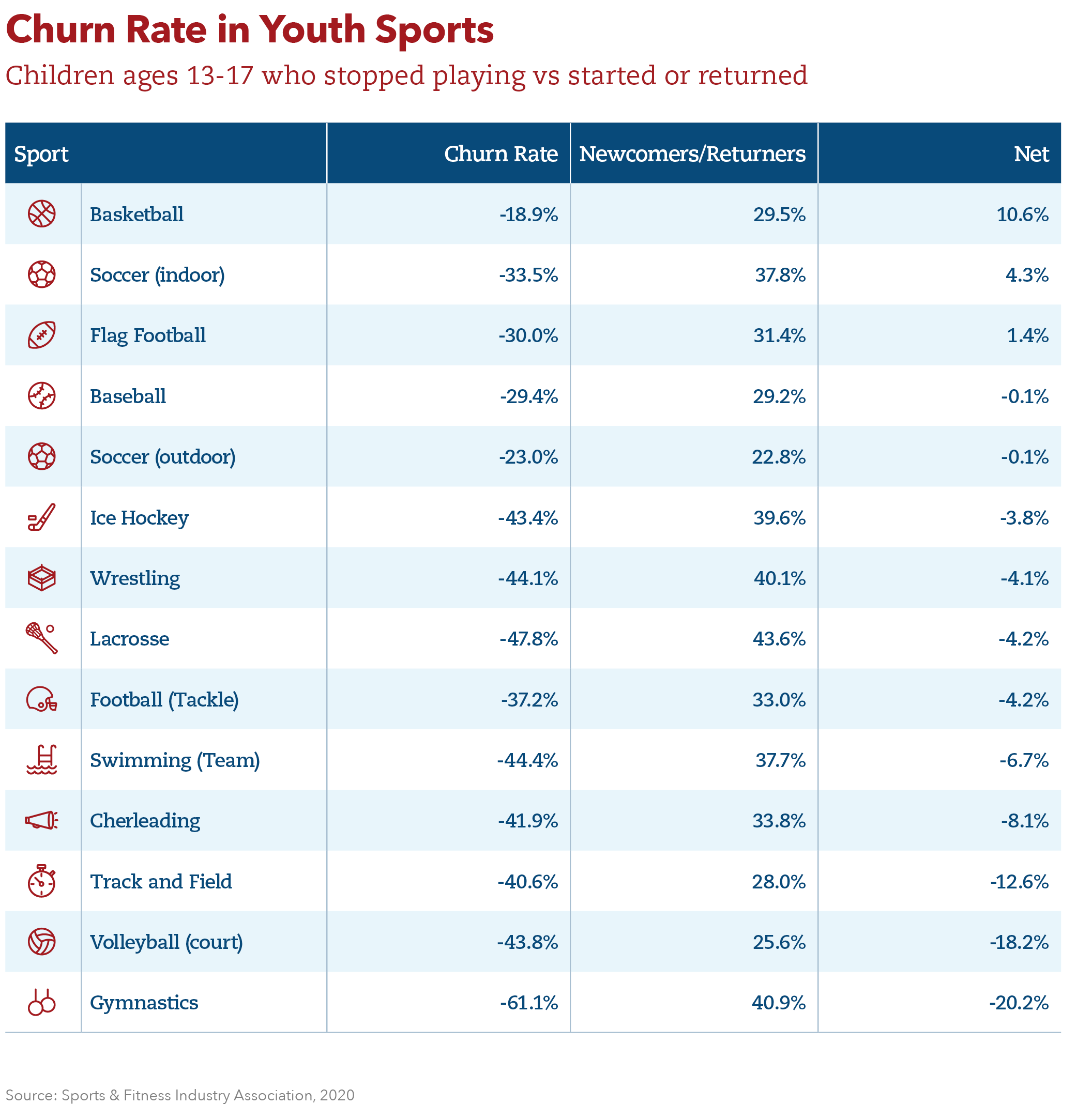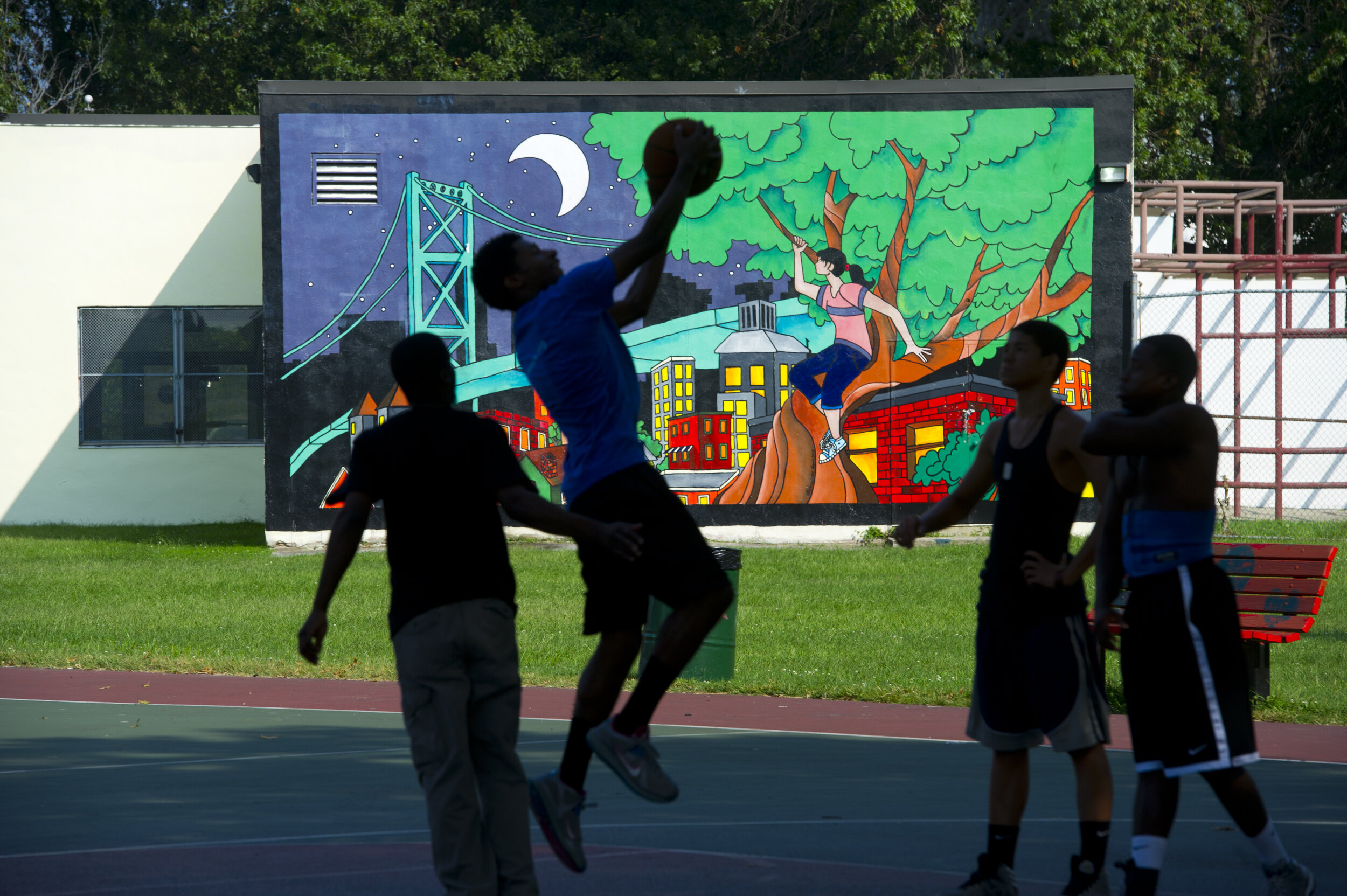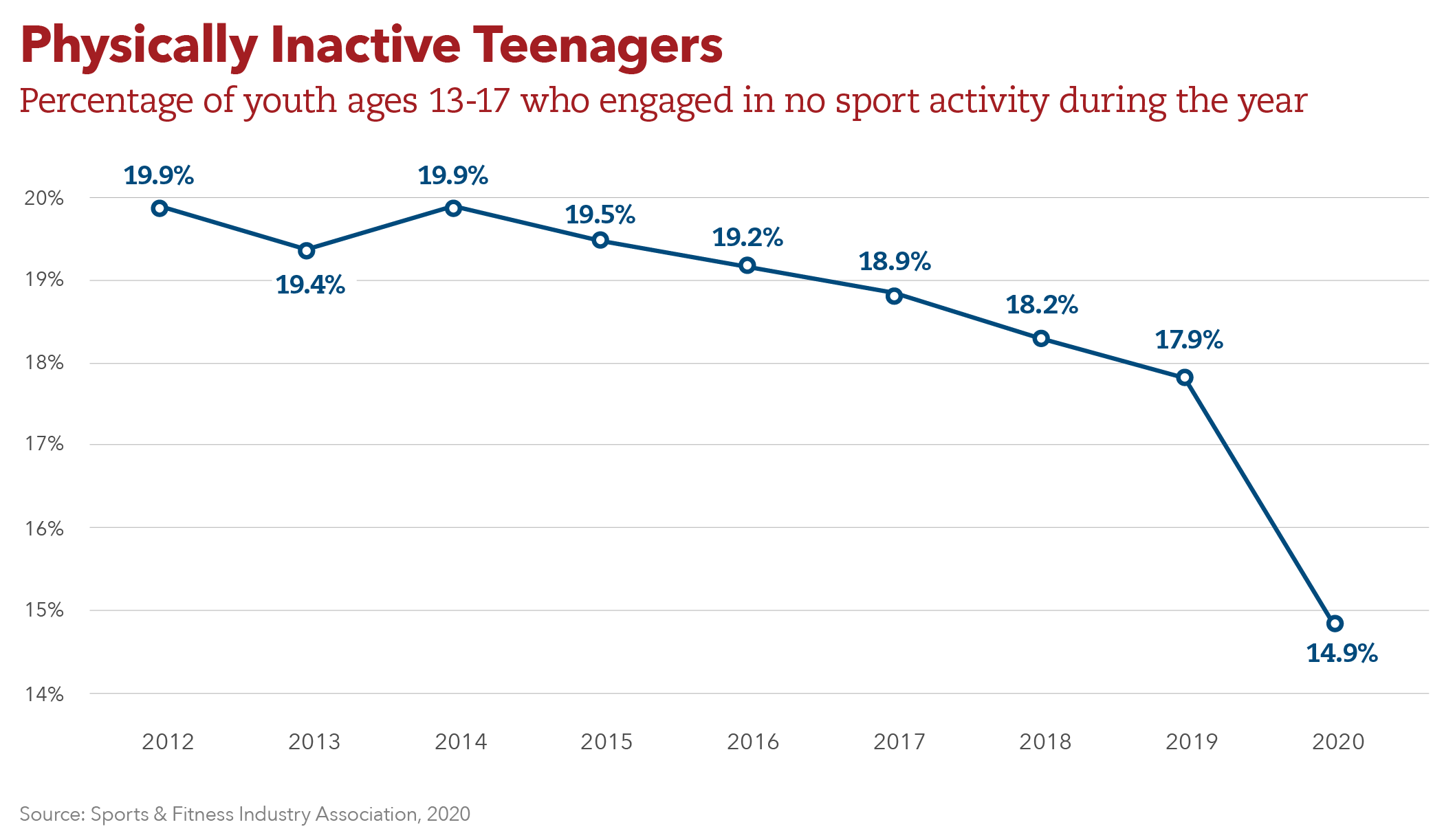Ages 13-17 Data, 2020
Data on this page were provided by the Sports and Fitness Industry Association (SFIA), which annually commissions an online, nationally representative survey from Sports Marketing Surveys that tracks sport participation rates. The most recent data collected was at the end of 2020 from 18,000 individuals and offers a snapshot of activities then, placed into historical context.
Below are charts and key findings related to youth ages 13 to 17.
The trend lines here match that of those of kids ages 6-12, with one key difference: Team sports took more of a hit during the pandemic. Still, as is typically the case, more youth ages 13-17 played sports on a regular basis in 2020 than kids 6-12. School settings provide a direct access point for students to play, often with cheaper or no fees and better transportation options than organized sports outside of school. Even with many schools conducting virtual learning in 2020, lots of high school teams continued to practice and play games, depending on state and local restrictions.
The average number of team sports youth ages 13-17 played on a regular basis declined 13% in 2020. Part of this was due to school, state or community restrictions on sports. Part of this was due to seasons being totally flip-flopped. If you were a multisport athlete, at some point you probably had to pick one sport to play because seasons overlapped like never before.
The total number of sports played (not counting how often the child played) increased in 2020. Project Play used a chart reflecting play on a regular basis this year to show much less children participated in sports during 2020.
Among traditional sports, golf and tennis were the big winners as individual sports that could be played outside and with social distancing. Golf’s regular participation rate for youth 13-17 increased 33%. Tennis was up 17% for the same age and experienced major increases for adults.
“Initially, there were tennis courts locked up with chain links, and tennis was looking at possible devastation,” said Tom Cove, SFIA president and CEO. “Then in July 2020 the world changed and figured if we do certain protocols, this is a great sport for us.”
More youth 13-17 played tennis on a regular basis than soccer – which would be unheard of in a normal sports year. Cove said tennis benefitted by three sets of people – those who already played and were eager to return, those who once played in the 1970s and ‘80s and figured they’d play again given limited sports options, and those who are younger and needed activity. “That’s winning the lottery with three aces,” he said. “A lot of tennis rackets and balls were sold. Every measure was up at all levels of tennis.”
Unlike with kids ages 6-12, participation by race and ethnicity was fairly balanced again among ages 13-17 in 2020. However, the trend line continued to decline for Black youth (42% in 2019 vs. 41% in 2020) compared to White youth (42% in 2019 vs. 44% in 2020). In 2012, more than half of Black children ages 13-17 regularly played sports.
Asian American youth remained the least likely to participate in sports. In a separate survey conducted by the Aspen Institute of high school students in 2020-21, as part of Project Play’s Reimagining School Sports initiative, Asian American youth reported losing interest in sports during the pandemic more than any other race or ethnicity. Amid widespread reports of discrimination and violence against Asian Americans during the COVID-19 outbreak, 32% of Asian adults say they have feared someone might threaten or physically attack them – a greater share than other racial or ethnic groups, according to Pew Research.
Basketball fared the best at retaining youth ages 13-17, just as it did for kids 6-12. One interesting sport in 2020 was wrestling, a high-contact, indoor sport. Wrestling had one of the lowest churn rates for ages 6-12 (plus 3%) and fared much better than other indoor sports for ages 13-17 (minus 4%).
Anecdotally, media reports identified many wrestling tournaments of all ages that continued despite higher risk of COVID-19 transmission than most sports. Many medical experts generally advised wrestlers not to wear masks during competition for fear of injury. Some tournaments were identified as sources of outbreaks, as analyzed by a Centers for Disease Control and Prevention study of two Florida high school wrestling tournaments that resulted in 38 positive cases among 130 attendees. In those cases, an estimated 1,700 in-person school days were lost due to isolation and quarantine of patients and contacts.
Women continued to remain underrepresented as coaches. Only 25% of coaches were female, slightly up from 2019. The rate remains remarkably stagnant over many years despite many initiatives to develop women into the coaching ranks.
Some good news from 2020: More older youth, like those ages 6-12, did something physically active. This statistic had been trending positively before COVID-19, but it never saw a one-year improvement like 2020. Older children were more physically inactive than younger kids.
“We’re at an inflection moment of sports in America,” Cove said. “Will we take some of the love of sport and thirst for activity and build on it to get more youth participating? And will we learn from the pandemic-induced changes to the way we deliver sports and make the experience a little more reasonable and family friendly?”



